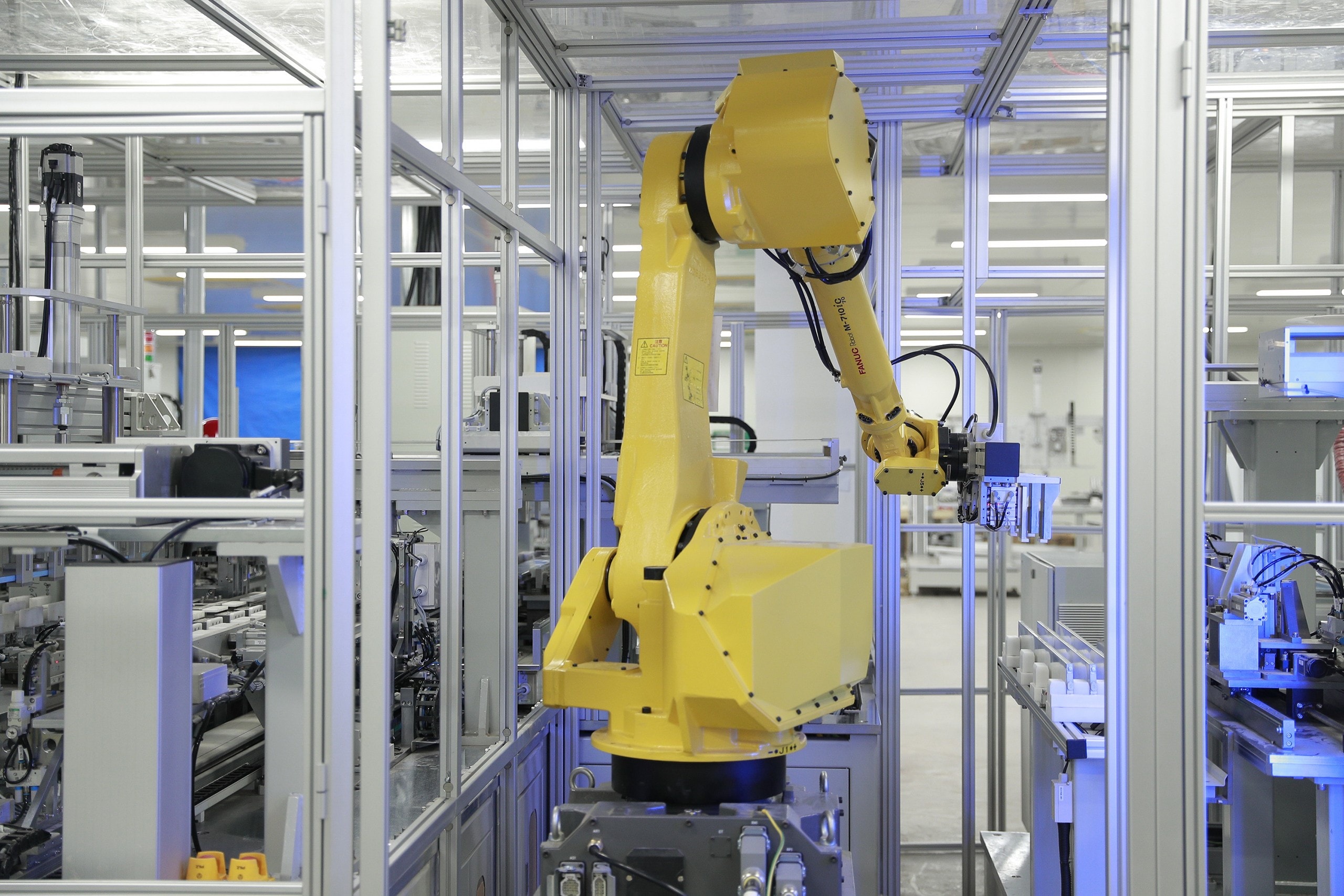There is a change occurring in the electric car battery market. Once seen as a cost-effective option for budget-friendly EVs, lithium iron phosphate (LFP) cells are poised to take center stage as a high-performance contender.
Advancements in LFP technology have narrowed the gap between LFP and nickel manganese cobalt (NMC) cells in terms of energy density. This, coupled with LFP’s exceptional fast-charging capabilities, is making it a compelling choice for EV manufacturers.
Leading battery producers BYD and CATL are at the forefront of this development, with both companies on the verge of releasing next-generation LFP batteries boasting ultra-fast charging rates of up to 6C, potentially enabling a full charge in as little as 10 minutes. This marks a significant leap forward in charging times and positions LFP as a game-changer in the EV market.

In the race for ever-faster charging electric vehicles, the Zeekr 001 boasts groundbreaking battery technology. This car utilizes the CATL Shenxing battery, achieving an impressive feat – a charge from 10% to 80% in just under 12 minutes.
This advancement surpasses BYD’s current Blade battery technology, which offers a full charge in roughly 15 minutes. However, BYD takes a more conservative approach, prioritizing production-ready solutions before public announcements.
This strategy suggests that BYD might soon reveal its 6C batteries, mirroring the advancements made by CATL. Despite these breakthroughs in battery tech, the widespread adoption of electric vehicles faces another hurdle: charging infrastructure. Even the most powerful batteries require compatible charging stations.
While companies like Huawei are developing ultra-fast chargers reaching 600 kW, the current infrastructure in many regions lags, with most DC fast chargers offering only 120 kW. This highlights the need for parallel development in both battery technology and charging station capabilities to fully unlock the potential of electric vehicles.

